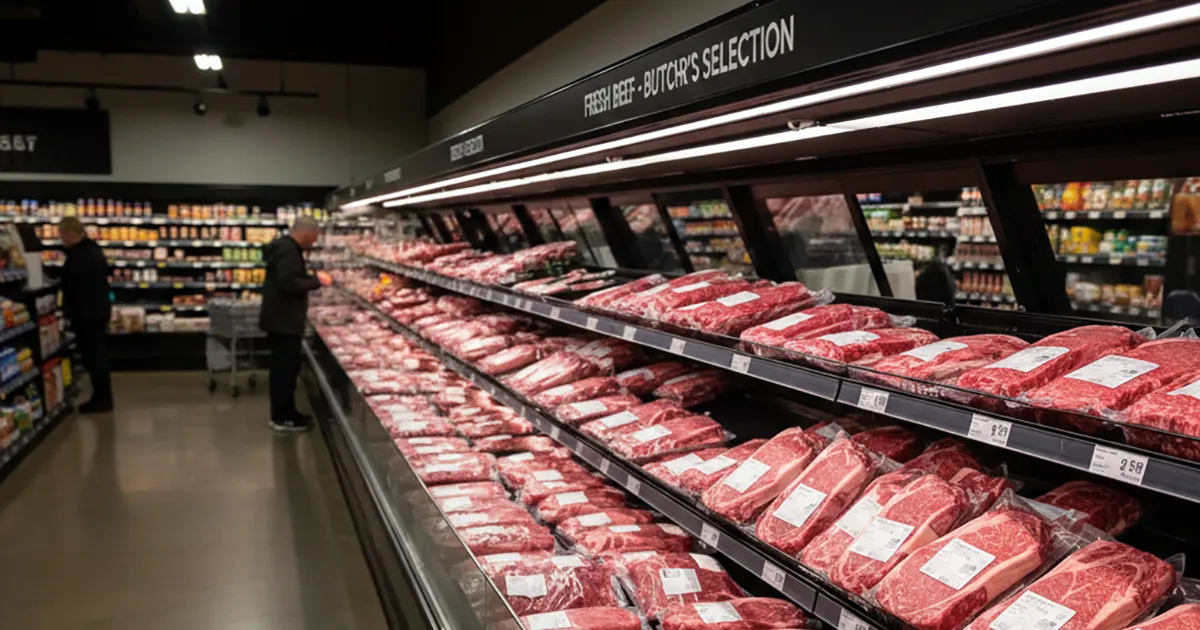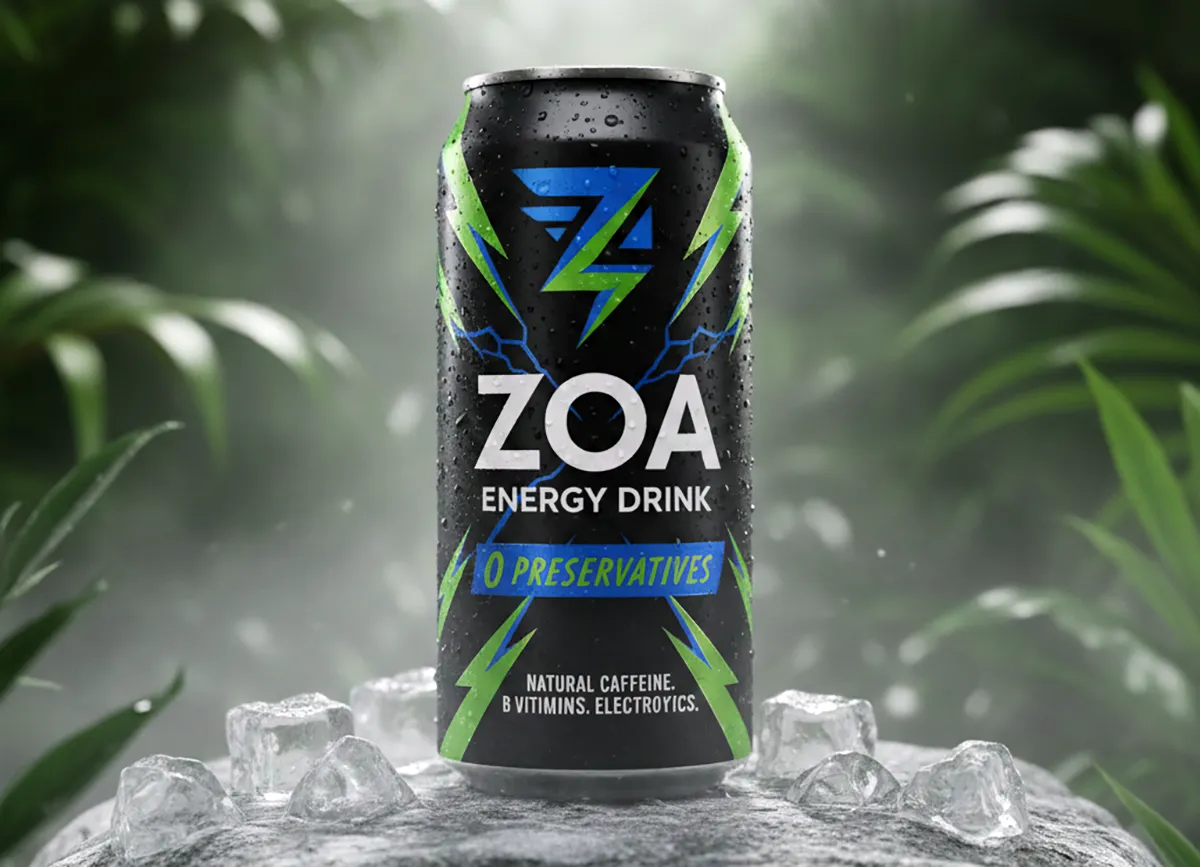$54 Billion in Opioid Class Action Settlements
Published: December 17, 2022
What are the Opioid Class Action Settlements?
After Years of Courts, CVS and Walgreens have finally reached preliminary settlements in opioid claims totaling $10 billion. Walmart has agreed to a $3.1 Billion provisional settlement structure over opioids, bringing the grand total opioid class action settlement funds tentatively to over $54.1 Billion in the United States alone.What are the Opioid Settlements About?
To date, the total amount of opioid settlements reached or in a preliminary stage has reached over $54 Billion. The United States has been suffering an opioid and painkiller abuse epidemic for decades, and these settlements aim to keep merchants and pharmacies accountable for enabling the death and suffering at the hands of opioids that many have had to endure. The latest settlements are over CVS, Walgreens, and Walmart pharmacies.To settle class action lawsuits filed by states and local governments claiming that CVS and Walgreens mismanaged prescriptions of opioid medicines that led to deaths and overdoses, CVS and Walgreens have tentatively agreed to pay a combined record breaking $10 billion settlement amount.
Walmart has provisionally settled similar claims for $3.1 billion. Te settlement won't be completed or approved until a sufficient number of states, counties, and towns accept the conditions.
The Story Behind Opioids Class Actions
Since 2013, a growing number of state, municipal, and tribal governments have sought to make firms throughout the pharmaceutical sector pay to minimize the continuing costs of addiction, death, and crime caused by the opioid crisis. While most major opioid producers and distributors have paid billions in national settlements in recent years, major retail chains have been resistant to reaching a similar agreement. Opioid commonly involved in settlements are:• Oxycodone
• OxyContin
• Roxicodone
• Morphine
• Hydrocodone
• Roxicodone
• Oxecta
• Methadone
• Fentanyl (known for its extremely high rate of deaths and overdoses as it is cut with heroin sold on the streets illegally)
There has been a sudden and dramatic shift in the storyline with retailers the subject of more recent opioid class action lawsuits.
What's next for the CVS Opioid Class Action Settlement?
According to a CVS public statement, if a settlement is struck, the company will pay nearly $5 billion over the following 10 years, starting in 2023. A total of $4.9 billion will be paid out to states and local governments, while Native American tribes will get $130 million to settle their opioid claims.According to CVS, the cash settlement would "significantly end all opioid litigation and claims against the corporation by states, governmental subdivisions such as counties, towns, and tribes."
The CVS announcement states that the deal would settle any claims going back at least ten years without admitting responsibility or misconduct.
Opioid Litigation: A Recent History
The opioid issue has only worsened while litigation and settlement discussions have dragged on. Statistics from the United States show that in 2017, an all-time high number of people lost their lives due to an opioid overdose, with fentanyl and other illegal street opioids being the primary causes.Pharmacy chains were often the last to be designated as defendants in the opioid case, but they were also among the most eager to test the validity of their claims in court. However, a federal court in August ordered the three companies to pay $650 million to two counties in Ohio. Other claims were launched in Florida, West Virginia, and two counties in New York, all of which the firms eventually resolved.
The pharmacies at the center of investigations and class action lawsuits denied any role in the outbreak for a long time, saying that they had only dispensed legally prescribed drugs. Lawyers representing the plaintiffs, however, claimed that drug manufacturers ignored red warnings about the potentially dangerous volumes of opioid prescriptions they were doling out.
The drug manufacturers of opioids claim to have spent substantial expenditures in technology and processes to assist its pharmacists in fulfilling their professional responsibilities and in rules, procedures, and controls pertaining to dispensing restricted medications to combat opioid misuse.
Walgreens Opioid Class Action
Walgreens said in a filing with the U.S. Securities and Exchange Commission that it planned to spend nearly $4.79 billion on remediation payments spread out over 15 years, including on class action payouts. This figure included around $154 million for participating tribes and more than $750 million for legal expenses.What's Next for All of the Opioid Settlements?
All of the major players in the opioid supply chain—from producers to wholesalers to retailers—have made offers to settle claims that might total more than $50 billion.Lastly, we'd like to remind you that the three companies reached a settlement with municipal, state, and tribal governments on November 2, 2022. They have reached a deal for a total of $13.8 billion, bringing the total amount of settlements between opioid manufacturers and American governments to around $54.07 billion (some of which have been completed, while others are still in the works):
The "big three" distributors—McKesson, AmerisourceBergen, and Cardinal Health—contribute an additional $7.5 billion from the top three companies for a total of $26 billion. On February 25, 2022, they concluded their settlement deal.
Depending on whether or not the transaction is upheld on appeal, Purdue will contribute between $5.5 and $6 billion. After years of battle and months of bankruptcy-initiated mediation processes, the manufacturer's settlement plan achieved complete countrywide (political) support on March 3, 2022. However, its non-debtor release clauses have not been upheld in federal court. Assuming the Second Circuit upholds the bankruptcy court's confirmation of the settlement agreement, Purdue expects it to take at least two to three months before the business exits from bankruptcy.
It is expected that Mallinckrodt will contribute $1.7 billion. In 2020, the company filed for bankruptcy, and its restructuring plan, which includes a $1.7 billion (formerly $1.6 billion) set aside to settle its opioid epidemic obligations, was met with early, widespread approval from state and local government lawyers. While the merger ultimately received court clearance on February 3, 2022, it was not without its fair share of Purdue-style concerns.
Teva Pharmaceuticals, a publcaly traded pharma company that is at the center of the opioid epidemic, is expected to contribute a massive $4.25 billion to the total. Separate from this is the manufacturer's announcement of a preliminary agreement in principle on July 26, 2022.
A whopping $2.37 billion comes from Allergan, a division of AbbVie. The "companion agreement" between the company and the government was announced on July 29, 2022.
Additionally, Endo Pharmaceuticals will provide $450 million. The bankruptcy petition and the preliminary deal with state attorneys general were both published by the company fairly recently.


